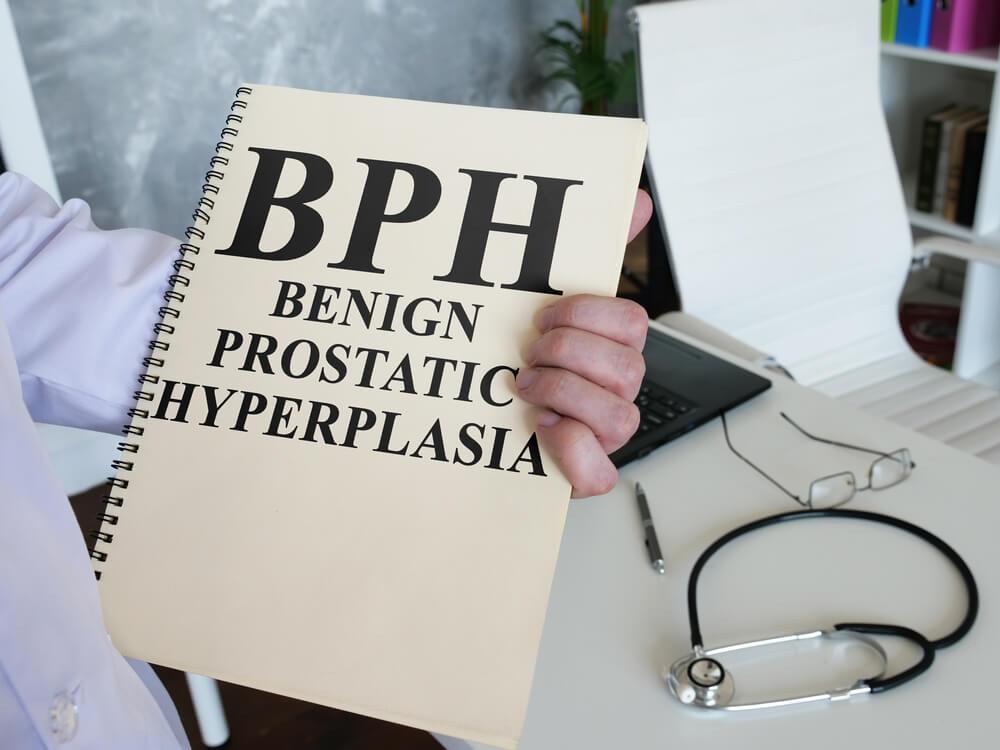Benign prostatic hyperplasia (BPH), otherwise called as prostate gland enlargement, is a common disorder for men as they age. This condition can cause uncomfortable and painful urinary symptoms, including obstructing the urine flow from the bladder. Also, it can cause kidney problems and urinary tract infections.
Furthermore, there are many helpful treatments for benign prostatic hyperplasia, such as surgery, medications, and invasive therapy. To select the best medical care, your healthcare provider will examine your symptoms, your current health condition, and the size of your prostate.


